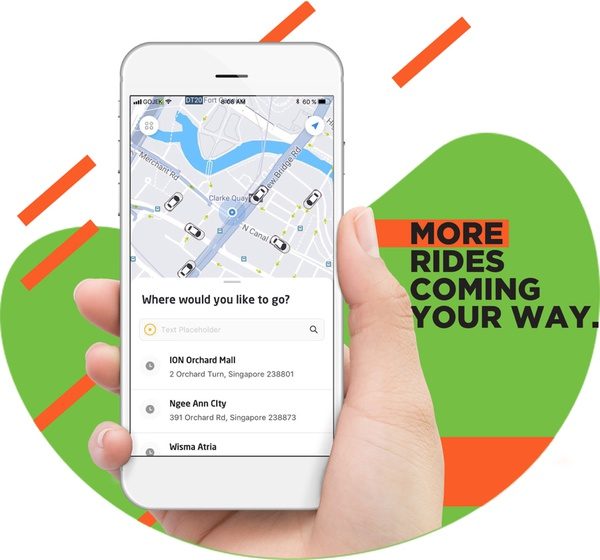
Folks in Singapore who are unhappy with their current ride-hailing apps have another option in the form of Gojek, which is making its beta service available islandwide from today.
The Indonesian company had offered a trial of its services in the eastern and south-central parts of Singapore in 2018, but is now bringing the fight to its rival Grab across multiple markets in Southeast Asia.
In Singapore, DBS and POSB customers will have priority access to the app for now, Gojek said in a statement yesterday.
It is offering dynamic pricing for drivers, which means that consumers can expect to pay more when demand is high during peak periods.
On the flip side, the company argues that this would bring more drivers onto its platform, which then translates to shorter waits for consumers.
The big question is what effect Gojek will have on the relatively small market of Singapore. It is merely one of several battlegrounds in the region where Gojek is facing off against Grab, as it expands beyond Indonesia.
For starters, there is the challenge of quickly gaining the economies of scale and network effects that such platform companies need. After merging with American rival Uber last year, Grab now has a dominant hold on the market.
Can Gojek get into a bruising war of attrition with Grab to win over drivers and consumers? The high cost of that was one likely reason why Uber exited the Southeast Asian market, so it is unclear if Gojek’s investors will fund generous discounts for consumers and rewards for drivers to win them over now.
To be sure, Grab isn’t on a home run, either. Since its merger with Uber, it has drawn criticism for putting out fewer discounts and promotions, while attracting tougher regulatory scrutiny.
Gojek knows it can’t stay in its home ground when Grab is expanding in all the major markets in the region. Grab now offers a number of on-demand services such as food and grocery delivery, which rival what Gojek also offers in Indonesia.
However, for consumers in Singapore, the competition is unlikely to be as intense as a few years ago, when the Uber and Grab were more evenly balanced in their market share. Each had the incentive to oust the other from the market.
One thing that Gojek might do is chip away at its bigger rival’s dominance by winning over drivers and consumers with tactically targeted promotions, say, during busy periods where demand is high.
However, that might help it gain a foothold but not challenge Grab significantly, at least in the short term. Scale, after all, is the name of the game for platform companies.
They are not built to share a market with anyone in a zero-sum game for dominance. For them, the real money is made when the competition ends. Consumers understand that now.






